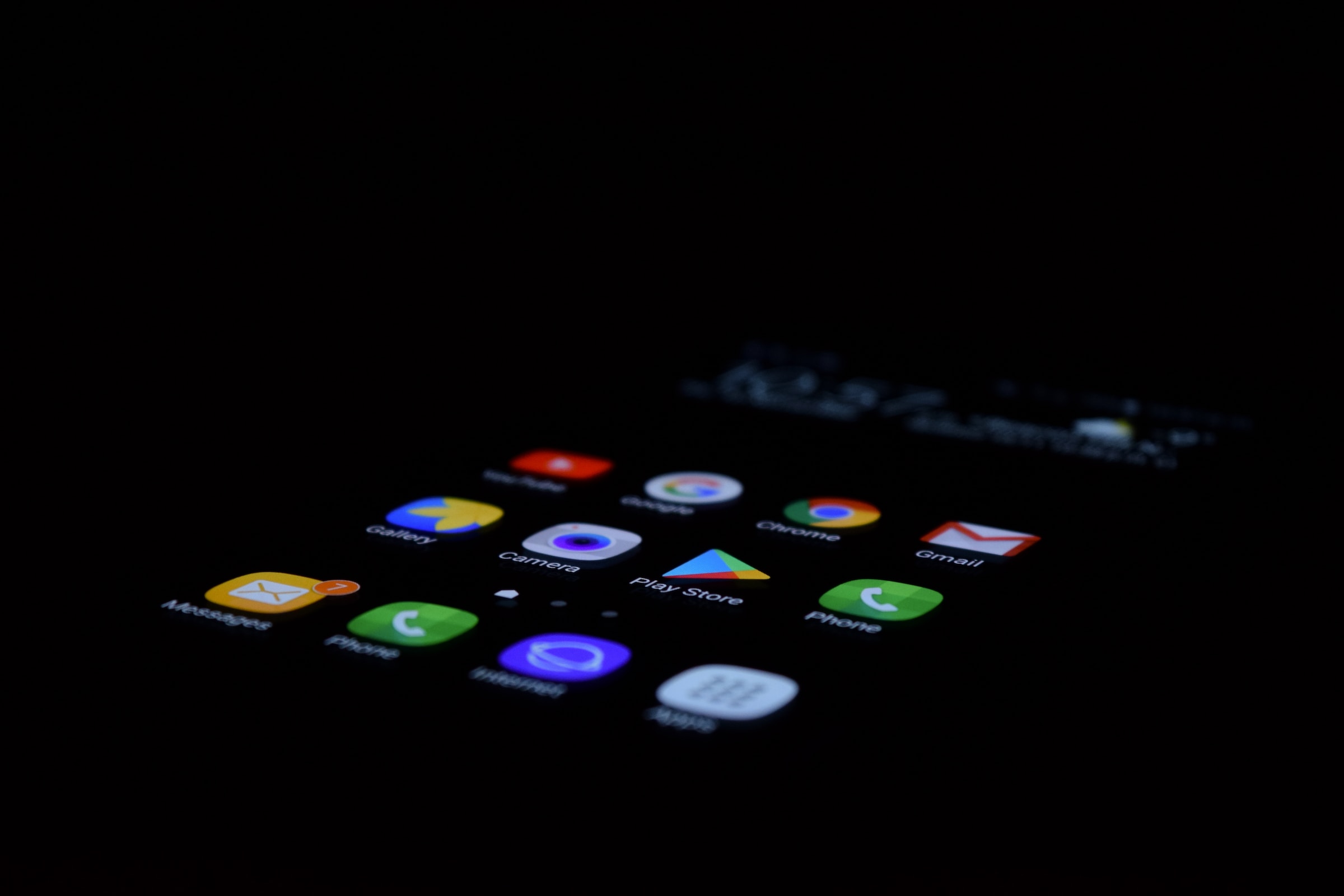
Android’s app ecosystem has experienced a significant decline in the number of available apps in recent years, according to data from Statista and AppBrain.
Three years ago, Android users had 295 million apps to choose from. However, by the end of 2021, that number had dropped drastically to 2.7 million, and the decline continued.
In January 2022, there were 2.64 million apps available—representing a staggering drop of 260,000 apps in just two years. Although the total number of Google Play apps saw a slight increase to 2.65 million by mid-2022, it again dropped by 60,000 over the past year.
As of June, Android users had a selection of 2.59 million available apps—12 percent less than three years prior.
Among these apps, “regular” ones accounted for 63 percent of the total. “Low-quality” apps made up the remaining 37 percent, despite their numbers also declining over the past year.
Google has made an increased effort in recent years to protect Android users from low-quality apps and facilitate the discovery of high-quality ones.
Initially, the company implemented new policies to regulate app developers. However, in November of the previous year, Google launched a stricter monitoring system aimed at promoting visibility for higher-quality apps and removing low-quality ones from recommendations.
AppBrain data reveals that in June of the previous year, nearly 983,000 low-quality apps were listed on the Google Play Store. Eight months after the introduction of the new monitoring system, this number had decreased to approximately 947,000.
In addition to the decline in the number of available apps, Google has also experienced a decrease in its Android market share. The ecosystem has now reached its lowest point in seven years.
While Android remains the leading mobile operating system globally, its market share dropped to 70.79 percent in the second quarter of 2023.
According to StatCounter data, Android has lost almost two percent of its market share over the past three years and a further 0.93 percent in the last year.
Meanwhile, Apple’s iOS has seen a one percent increase in market share over the past three years—reaching 28.44 percent in the second quarter of 2023.
The decline in Android’s market share poses challenges for the platform. However, Google’s efforts to improve app quality and visibility demonstrate its commitment to providing a better user experience and maintaining its leading position in the smartphone market.
(Photo by Pathum Danthanarayana on Unsplash)
See also: Google Play now supports Web3 experiences

Want to learn more about cybersecurity and the cloud from industry leaders? Check out Cyber Security & Cloud Expo taking place in Amsterdam, California, and London. The event is co-located with Digital Transformation Week.
Explore other upcoming enterprise technology events and webinars powered by TechForge here.







